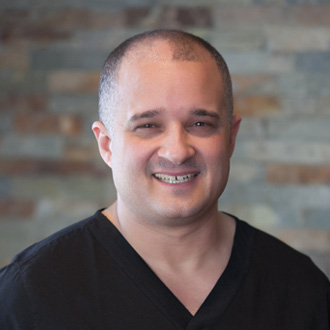TUBAL REVERSAL PREGNANCY STUDY:
A DECADE OF OBSERVATION
Tubal Reversal Study Overview
Tubal ligation reversal at our practice is the most successful treatment for women wanting to get pregnant after a tubal ligation. Tubal reversal restores tubal anatomy and function, allowing the opportunity to conceive a pregnancy naturally and more than one time without further treatment.
This report presents describes statistics about pregnancies reported by our patients over the course of a decade. It is the largest and most definitive study ever reported about pregnancies and pregnancy outcomes after tubal reversal surgery.
Introduction
Wanting to get pregnant after a tubal ligation is common after remarriage, loss of a child, for religious considerations, to alleviate post tubal ligation symptoms, to feel whole again, and other reasons.
Most people are not aware that tubal ligation – usually considered a permanent method of birth control – can be reversed through low cost, one hour outpatient surgery.
Even many health professionals believe mistakenly that in vitro fertilization (IVF) is needed for women who want another baby after a tubal ligation. The results from the Tubal Reversal Pregnancy Study show tubal ligation reversal when performed at our practice is the most successful option for most women with tied tubes who want to become pregnant again.
About The Tubal Reversal Study Author
Although Dr. Gary Berger had been performing tubal reversal since the 1970’s, he began to intensively analyze tubal reversal statistics after he stopped providing in-vitro fertilization services and began to specialize exclusively in tubal surgery in 1997. Dr. Berger began the Tubal Reversal Study in July of 2000. He realized it was critical to collect detailed statistics and the chance of pregnancy success after tubal reversal surgery. He understood it was only with this detailed information that he could provide accurate counseling to women and couples seeking tubal reversal surgery.
The Tubal Reversal Study required over a decade of work and was possible as a result of his guidance, the efforts of his staff, and the active participation of his patients. Dr. Monteith joined the study in 2008 and contributed to the last three years of the study; however, the success of the study is credited to Dr. Berger and represents a lifetime of his work. Without his vision and leadership this study would have never been possible.
Countless number of women and couples can thank Dr. Berger for his crowning achievement finalized just before his retirement.
The complete Tubal Reversal Pregnancy Study: A Decade of Observation can be viewed by using the following links:

